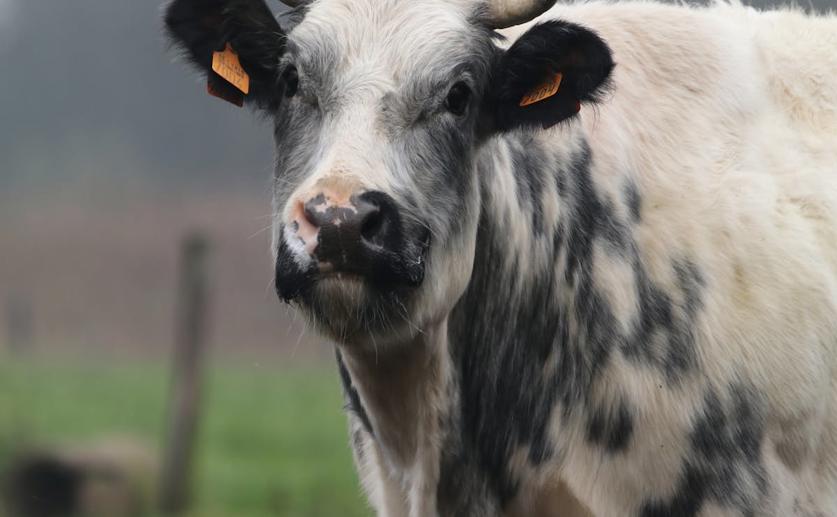
Carbon Footprint of Mixed Farming and Grazing Beef Systems Using Long-Term Data
Jenn Hoskins
16th July, 2024

Image Source: Ann H (photographer)
Key Findings
- The study evaluated greenhouse gas (GHG) emissions of different rotational crop-livestock systems in Uruguay
- Continuous cropping had the lowest emissions at 11.3 kg CO2-eq/kg of liveweight gain (LWG), while forage rotation had the highest at 16.4 kg CO2-eq/kg/LWG
- Including soil organic carbon stock changes reduced emissions by 22.4% to 42.1% across all systems, highlighting the importance of soil management in mitigating GHG emissions
AgricultureEnvironmentSustainability
References
Main Study
1) Carbon footprint of mixed farming crop-livestock rotational-based grazing beef systems using long term experimental data
Published 15th July, 2024
https://doi.org/10.1007/s13593-024-00977-1
Related Studies
2) Improved calculation of warming-equivalent emissions for short-lived climate pollutants.
3) Nutritional value of suckler beef from temperate pasture systems.
4) Environmental trade-offs of pig production systems under varied operational efficiencies.



 14th June, 2024 | Greg Howard
14th June, 2024 | Greg Howard